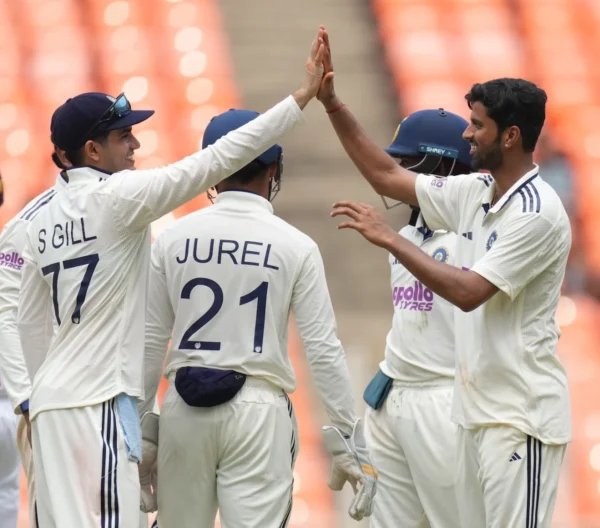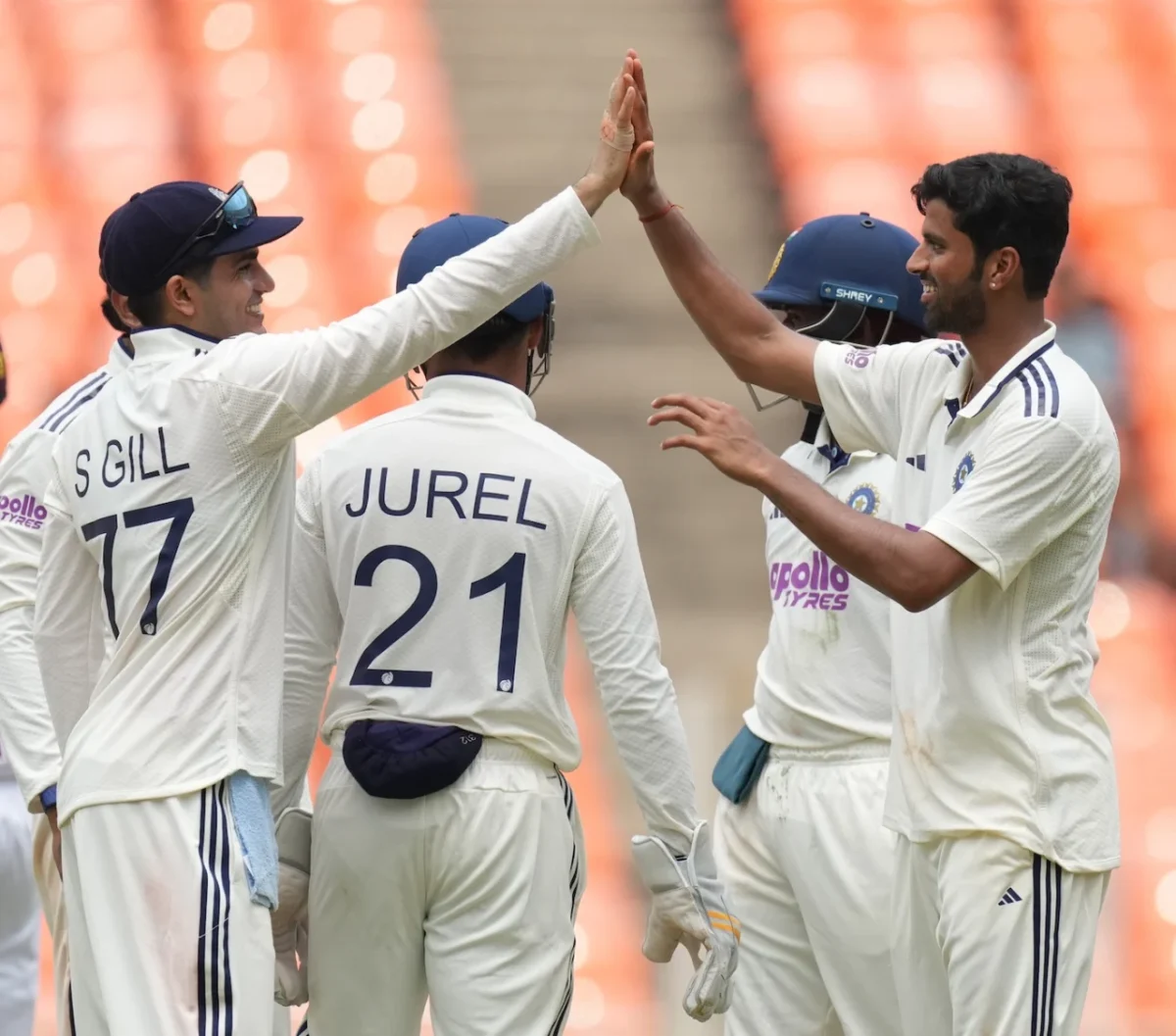
India’s shift from the five-bowler strategy to an added batting-depth template reflects highlights at four crucial things, including inexperienced middle-order, lack of contributions with the bat from tail enders and rank turners.

India’s most dominant era in Test cricket arguably came under the captaincy of Virat Kohli, when the team not only conquered home conditions but also competed fiercely overseas. When Kohli took over from MS Dhoni in 2014, India were ranked seventh in the ICC Test rankings. Under his leadership, they rose to number one and retained the Test mace for five straight years. His leadership brought aggression, intensity, and a results-driven mindset to the team.
A defining feature of that era was the bold decision to play five specialist bowlers. This attacking approach produced victories rather than draws. India won 40 Tests and drew only 11 under Kohli. The template of four pacers and one spinner overseas, and three spinners with two pacers at home, worked effectively, with Ravichandran Ashwin and Ravindra Jadeja at the core.
“If you have six batsmen and a wicketkeeper, even if you score 500 runs, but you are one bowler short, more often than not you will face a session where you will leak runs and not take wickets. It is the bowlers who will win you Test matches. Batsmen can get you games when you are chasing but it is the bowlers who will put you in a position where you are chasing small totals,” Virat Kohli had famously said during his captaincy tenure.
However, in the last few series under Gautam Gambhir, India have notably moved away from that aggressive model and adopted a more conservative strategy focused on batting depth. The ongoing Test series against West Indies, where the Shubman Gill-led side played with only three specialist bowlers and three all-rounders, including Nitish Kumar Reddy at No. 8, has raised eyebrows on why India abandoned a once-successful blueprint.
A key reason behind this shift is the management’s preference for added batting security. Instead of a pure bowler at No. 8, teams now often include an all-rounder to prevent collapses and extend the batting lineup. This safety-first approach is seen as essential when wickets fall quickly in tough conditions.
Since the 2021 World Test Championship final, India’s middle order (including the No. 3 position) has averaged 35.65 across 46 Tests, only fifth among Test-playing nations, behind Sri Lanka (41.76), England (40.69), Australia (39.49), and Pakistan (37.57).
The exits of Cheteshwar Pujara and Ajinkya Rahane, who have not played for India in nearly two years, created a significant void in experience. Virat Kohli, too, went through an inconsistent run in the format during this phase. The current middle order features young players like Sai Sudharsan, Dhruv Jurel, Devdutt Padikkal, and Nitish Kumar Reddy, who are still adapting to the demands of Test cricket.
To manage this transition phase, India have often preferred an extra batter over a specialist bowler. Notably, India have tried 28 different middle-order players since the 2021 WTC final, the highest by any team. England, South Africa, and West Indies follow with 21 each.
ALSO READ
During Kohli’s tenure, tailenders such as Mohammed Shami, Bhuvneshwar Kumar, Ishant Sharma, and Umesh Yadav frequently added valuable runs or supported set batters. All of them registered at least one half-century, contributing to match-defining partnerships.
But with the shift to a younger pace attack of Mohammed Siraj, Prasidh Krishna, Akash Deep, and Jasprit Bumrah, the lower-order resistance has weakened. The recent tours of England and Australia exposed this vulnerability.
Since the 2021 WTC final, India’s Nos. 9 to 11 have averaged only 12.00, ranking seventh among 12 teams.
Over the past five years, India have often prepared rank turners at home, making batting difficult for both teams. While these surfaces benefit India’s world-class spinners, they also pose risks for their own batting lineup.
Only three Indian batters — Yashasvi Jaiswal (52.60 in 26 Tests), Shubman Gill (53.78), and Rishabh Pant (50.58) — have averaged above 50 at home since the 2021 WTC final among those with at least 10 innings.
The vulnerability became evident during New Zealand’s tour last year, where India suffered a 3-0 whitewash at home, their first home Test series defeat in 12 years. Indian batters struggled against the Kiwi spin trio of Mitchell Santner, Ajaz Patel, and Glenn Phillips, losing 37 wickets to spin.
While better batting surfaces have been advocated, given the unpredictability of the batting group, India have started favouring an extra batter to avoid collapses, even at the cost of a fifth specialist bowler.
For more updates, follow CricXtasy on Facebook, Instagram, Twitter, and YouTube.